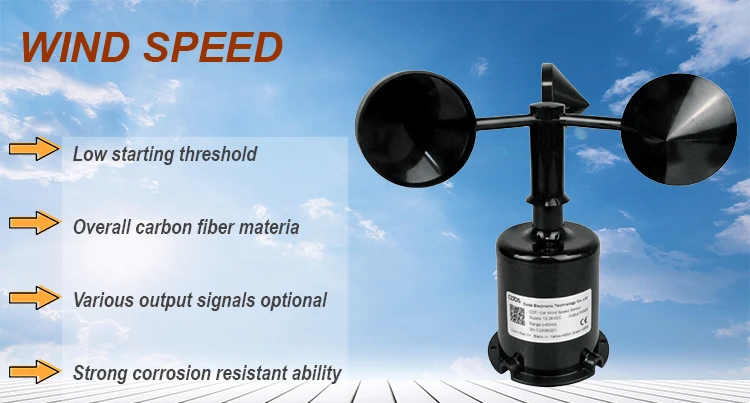
。
# Wind Speed Measuring Instruments: Types and Applications
## Introduction to Wind Speed Measurement
Measuring wind speed is essential for various industries, including meteorology, aviation, construction, and renewable energy. Accurate wind speed data helps in weather forecasting, flight safety, structural design, and optimizing wind turbine performance. Several specialized instruments have been developed to measure wind speed with precision.
## Common Types of Wind Speed Measuring Instruments
### 1. Anemometers
Anemometers are the most widely used instruments for measuring wind speed. They come in several varieties:
– Cup Anemometers: Feature three or four cups mounted on horizontal arms that rotate with the wind
– Vane Anemometers: Combine a propeller with a tail to measure both speed and direction
– Hot-wire Anemometers: Use electrically heated wires where cooling by wind indicates speed
– Ultrasonic Anemometers: Measure wind speed by detecting changes in ultrasonic wave propagation
### 2. Wind Vanes
While primarily used for determining wind direction, some advanced wind vanes can also estimate wind speed based on the angle of deflection.
### 3. Pitot Tubes
Commonly used in aviation, Pitot tubes measure airspeed by comparing static and dynamic air pressure. They can also be adapted for ground-based wind speed measurement.
### 4. Lidar (Light Detection and Ranging)
This advanced technology uses laser beams to measure wind speed at various altitudes, particularly useful for wind energy applications.
## Applications of Wind Speed Instruments
### Meteorology and Weather Forecasting
Accurate wind speed measurement is crucial for weather prediction models and severe weather warnings. Meteorological stations worldwide use anemometers as standard equipment.
### Aviation Industry
Airports rely on wind speed data for safe takeoffs and landings. Pilots use onboard instruments to monitor wind conditions during flight.
### Wind Energy Sector
Wind farms use sophisticated measurement systems to:
– Assess potential sites
– Optimize turbine placement
– Monitor operational conditions
– Predict power output
### Construction and Engineering
Wind load calculations are critical for designing tall buildings, bridges, and other structures. Engineers use wind speed data to ensure structural integrity.
### Environmental Studies
Researchers measure wind speed to study:
– Air pollution dispersion
– Microclimate patterns
– Erosion processes
– Wildlife habitats
## Choosing the Right Wind Speed Instrument
When selecting a wind speed measuring device, consider:
1. Measurement range requirements
2. Accuracy needed
3. Environmental conditions
4. Data recording capabilities
5. Maintenance requirements
6. Budget constraints
For most professional applications, ultrasonic anemometers offer excellent accuracy with minimal moving parts, while cup anemometers remain popular for their simplicity and reliability.
## Future Trends in Wind Speed Measurement
Emerging technologies include:
– Drone-mounted sensors
– AI-powered predictive models
– Miniaturized IoT devices
– Advanced remote sensing techniques
These innovations promise to make wind speed measurement more accessible, accurate, and integrated with other environmental monitoring systems.
Keyword: measure wind speed instrument
